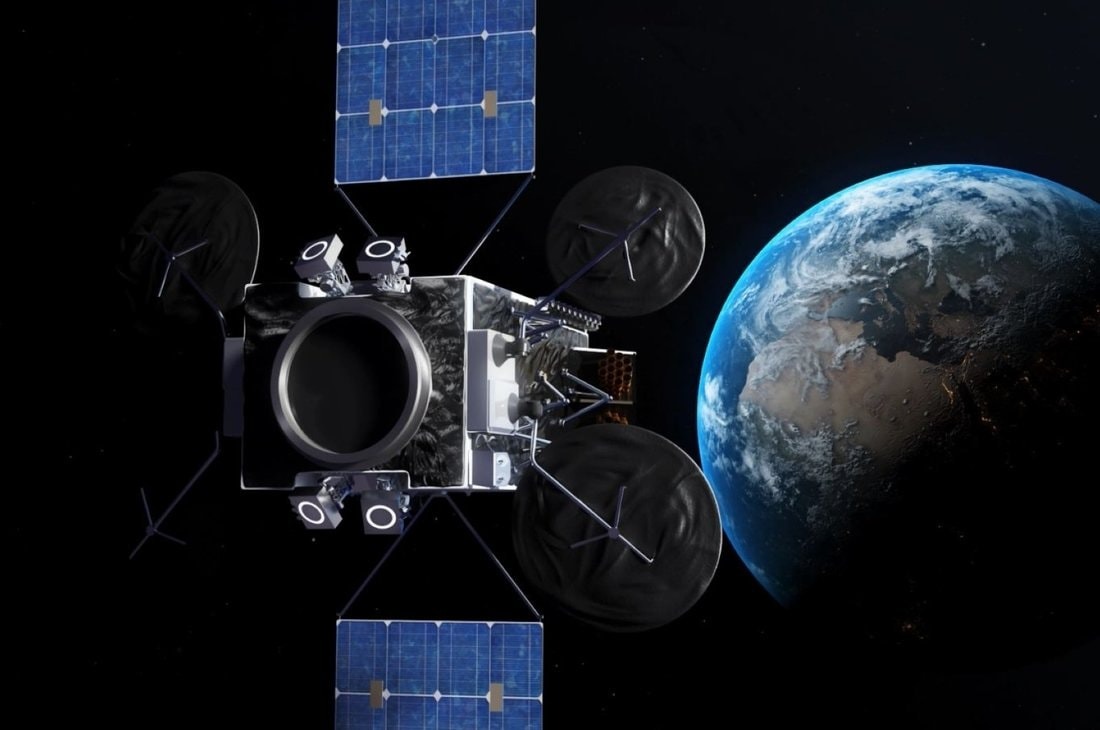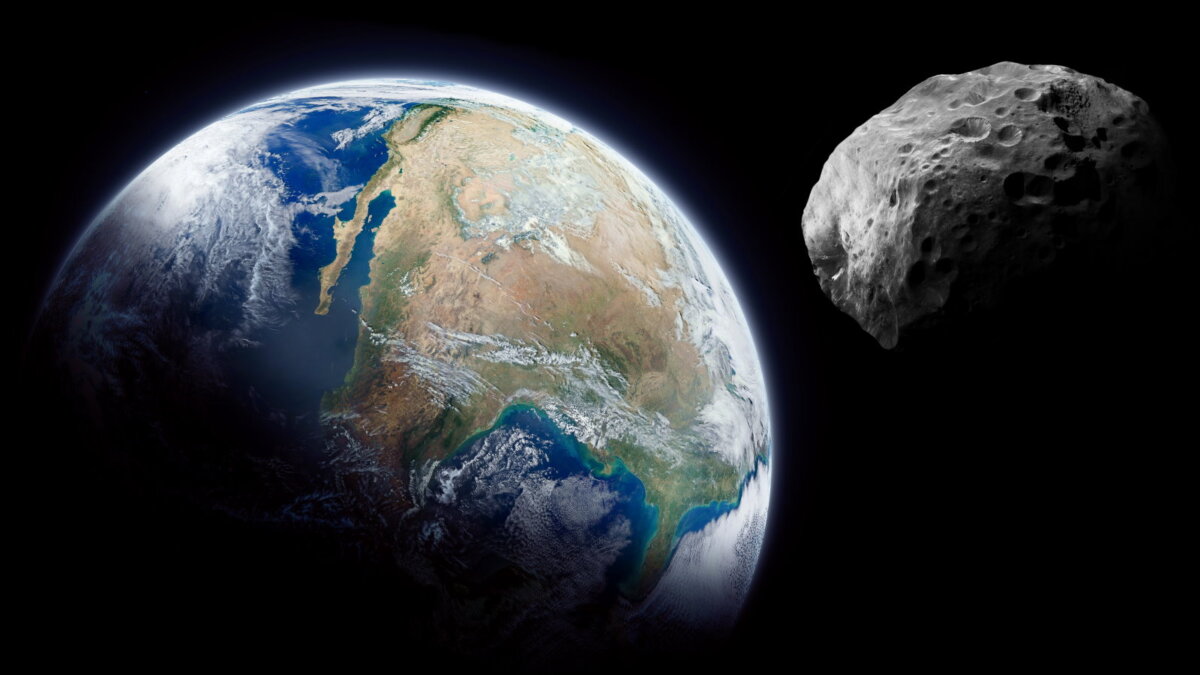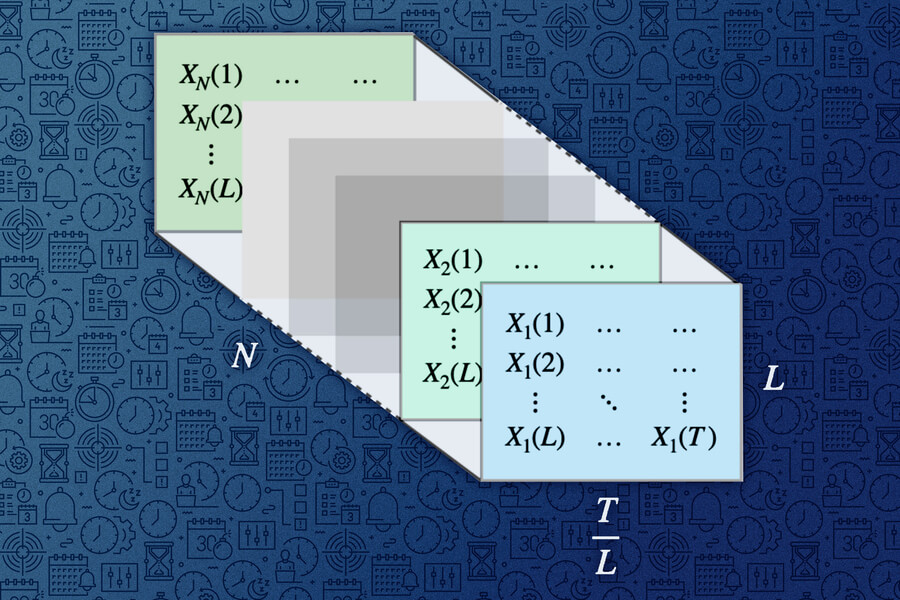The impact crater, named Nadir, by analogy with an underwater mountain a hundred kilometers away, is located in the western part of the Guinea Plateau. According to a study by scientists from Heriot-Watt University in Edinburgh, the University of Arizona in Tucson and the University of Texas at Austin, the current depth in this place of the Atlantic Ocean is about 900 meters. The crater is covered with lower sediments 300 to 400 meters thick.
Chicxulub’s accomplice
A study of the crater showed that it was formed on the border between the Cretaceous and Paleogene periods, about 66 million years ago, just like the 180-kilometer-long Chicxulub impact crater off the coast of modern Mexico.
A rare-sized crater may have formed, scientists say 400 meter asteroid.
- After falling into the water, it caused a series of tsunamis with a wavelength of 500 meters, which moved at a speed of 0.4 kilometers per second.
- In addition, the collapse led to significant greenhouse gas emissions from shallow black shale deposits, as well as disastrous local and regional consequences.
- Calculations show that after impact, a fireball with a radius of more than five kilometers should form, followed by a burst of air with a maximum wind speed of 470 kilometers per hour at a distance of 50 kilometers from the impact site.
- Collision Energy released about 5,000 megatons in TNT equivalentIt instantly evaporates large amounts of water and sediment near the seafloor.
Scientists hypothesize that the object that fell 66 million years ago was either one of two asteroids (the other being Chicxulub) or a large piece of celestial body that broke up as it approached Earth.
Source: 24 Tv
I’m Maurice Knox, a professional news writer with a focus on science. I work for Div Bracket. My articles cover everything from the latest scientific breakthroughs to advances in technology and medicine. I have a passion for understanding the world around us and helping people stay informed about important developments in science and beyond.













